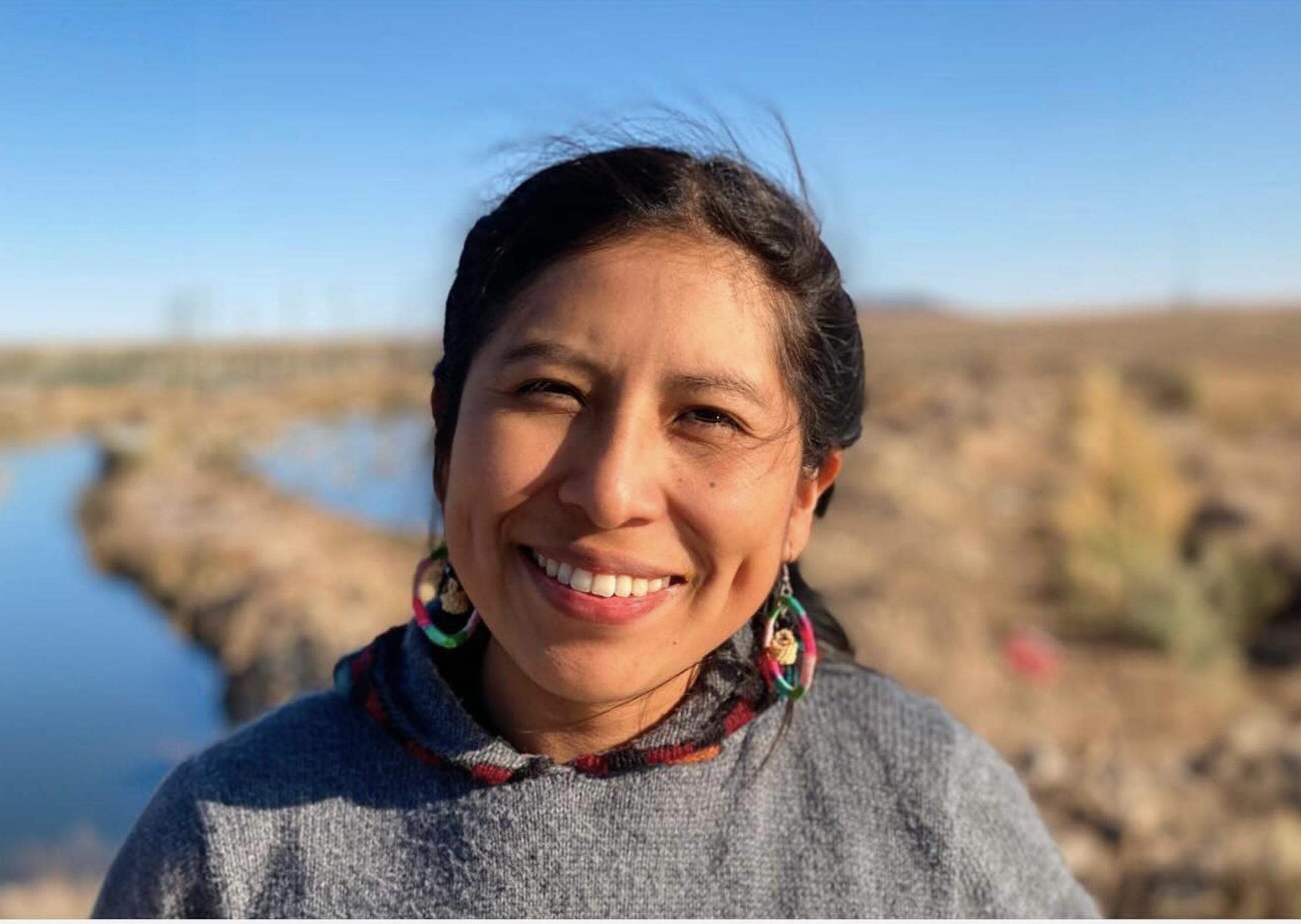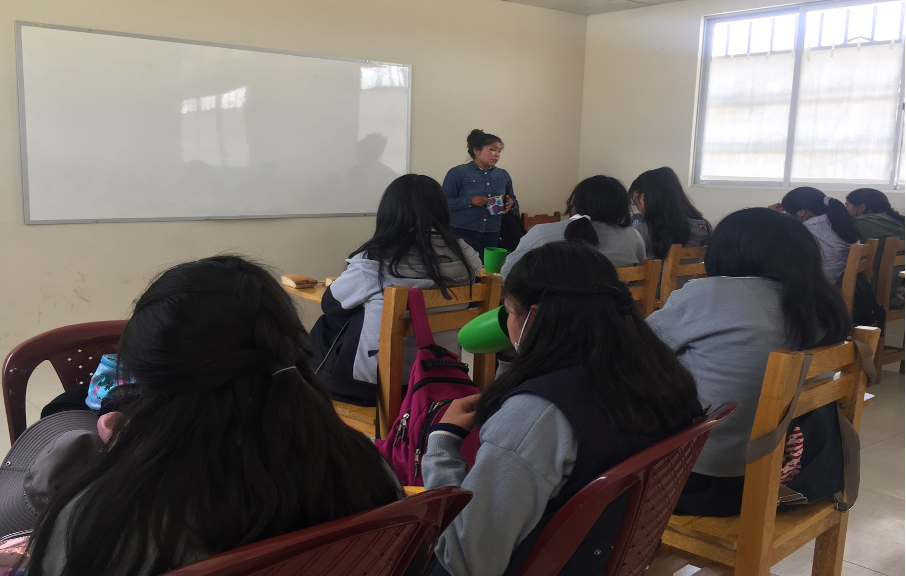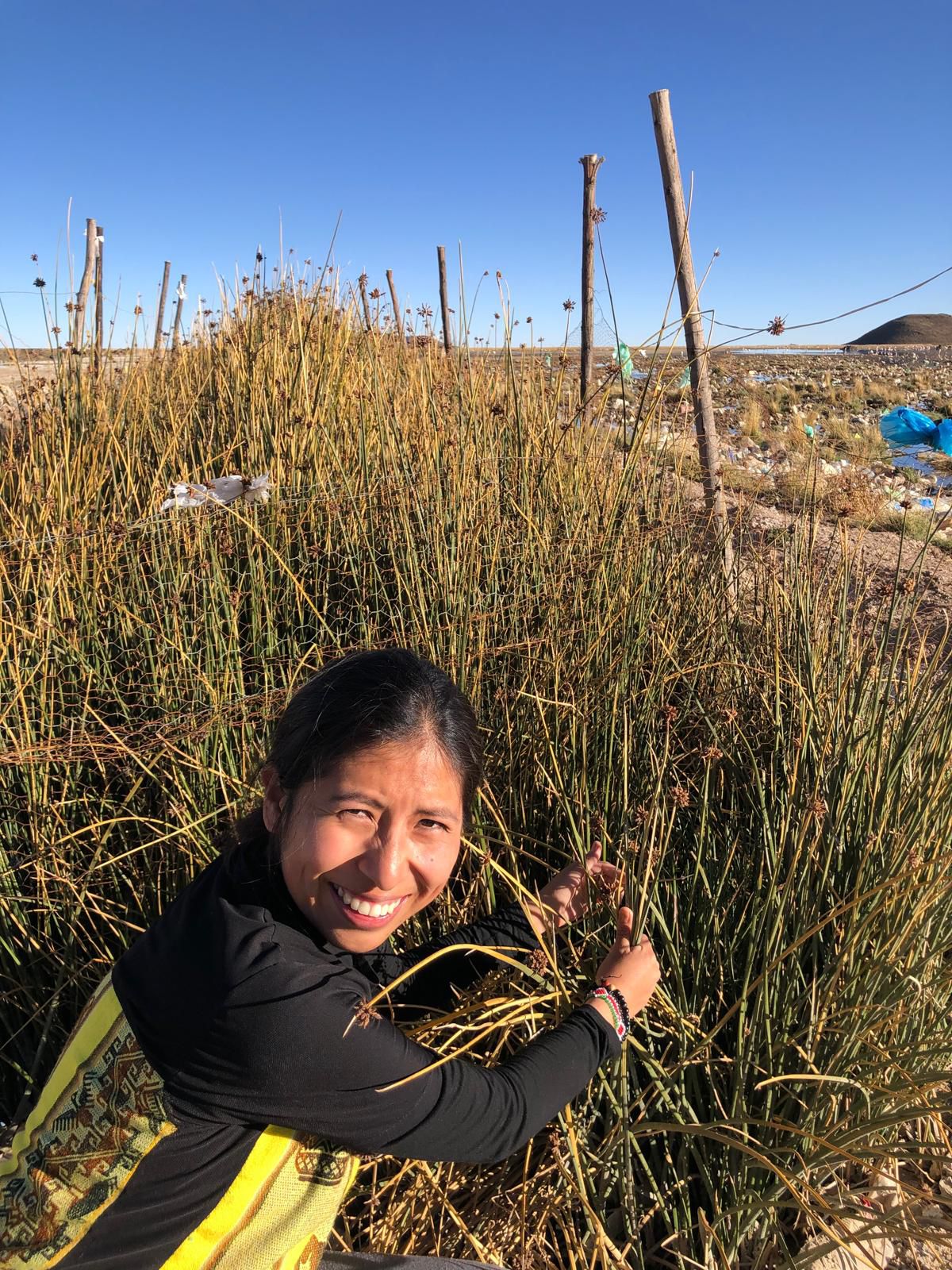Indigenous Knowledge Revives Bolivia’s Lake Uru Uru
Devolve decision making
Address structural inequalities
Build understanding
Ensure transparency and accountability
Patient, predictable, accessible funding
Organization: Team Uru Uru
Photo credit: Team Uru Uru
Once a thriving source of water, livelihoods, and biodiversity, Bolivia’s Lake Uru Uru is fighting for survival against climate-induced drought, industrial pollution, and environmental degradation. But while the lake’s deterioration has driven many to urban centers, an indigenous women-led initiative is proving that local adaptation efforts can turn the tide.
A Lake in Crisis
Situated in the highlands of central-western Bolivia, Lake Uru Uru was once a vital ecosystem supporting endangered species, including Andean, Chilean, and James flamingos. It also sustained the local economy through fishing and tourism. However, in 2016, a prolonged drought drastically reduced water levels, exposing the lake to severe contamination from mining effluents, plastic waste, and untreated sewage. Today, the water is too toxic for drinking, irrigation, or livestock, and the once-thriving biodiversity has largely vanished.
As the environmental crisis deepened, the indigenous community of Vito Villachallacollo, which had relied on the lake for fishing, was particularly hard hit. Once home to 3,000 people, the village’s population has dwindled to just 500, as families migrated to cities in search of work. Facing government inaction, the remaining residents, particularly indigenous women, took it upon themselves to restore their lake.
Team Uru Uru: Women-Led Adaptation in Action
In 2019, a group of 60 indigenous women from Vito Villachallacollo formed Team Uru Uru with a clear mission: to rehabilitate the lake using a combination of traditional knowledge and modern scientific methods. “Our objective is to restore the Uru Uru Lake with our traditional knowledge that we carry as indigenous people and recover the harm that has been done to Mother Earth by the polluting industries,” says Dayana, one of the founding members of Team Uru Uru.

One of the group’s most innovative solutions has been the development of floating rafts made from recycled materials. These rafts support native Totora plants (Schoenoplectus californicus), which naturally filter heavy metals and pollutants through a process known as phytoremediation. In partnership with UNICEF, Team Uru Uru conducted water testing, revealing that the Totora plants have already reduced heavy metal pollution in the lake by 30%. “This result bolsters us to continue working very hard because we want to reach 90% of decontamination. We are restoring our lake, and the waters can be pristine again like they were in the past,” says Dayana.
Community Mobilization and Sustainable Financing
Recognizing that environmental restoration requires long-term commitment, Team Uru Uru has organized extensive community participation. Public meetings bring together all 500 remaining villagers to discuss finances, plan raft construction, and support local livelihoods through community gardens. These meetings ensure that decisions remain transparent and accountable, in line with Locally Led Adaptation (LLA) principles.
To sustain their initiatives financially, Team Uru Uru has established 20 community gardens where volunteers grow vegetables and fruits using organic waste as fertilizer. The produce is sold at local markets, and the earnings are pooled to cover the costs of raft construction and legal fees for environmental advocacy. Additionally, the group organizes cleanup drives along the lake’s shores, has set up waste bins to reduce littering.
Beyond hands-on restoration efforts, Team Uru Uru is also pushing for institutional change. The group has taken legal action through popular action at the justice tribunal, urging the government to enforce environmental protections and hold mining companies accountable for pollution. However, with little response from authorities, the community has largely relied on its own initiatives to safeguard their home.

Recognition, Partnerships, and Future Aspirations
Team Uru Uru’s efforts have gained international recognition. The group was named a 2024 Restoration Steward by the Global Landscapes Forum and won the 2023 UNDP Equator Prize, enabling them to expand their work. They have also formed alliances with the Gaia Pacha Foundation and Accion Juvenil Mundial and have received funding from the Swedish Embassy. However, Dayana remains pragmatic about external support. “We are grateful for this recognition, but we know that funding may come and go. Our community gardens ensure that we can continue this work no matter what.”
Looking ahead, Team Uru Uru dreams of establishing a community-run laboratory to study phytoremediation with native plants. Such a facility would not only enhance their lake restoration efforts but also provide jobs and educational opportunities for local youth. “Community engagement is the most important thing,” says Dayana. “We want more people to join our gardens—not just to clean the lake, but to reconnect with Mother Earth and ensure food sovereignty.”

A Global Call for Action
Lake Uru Uru is a Ramsar site of global significance, and its restoration is not just a local issue—it’s a matter of international environmental importance. Team Uru Uru’s work underscores the critical role that indigenous knowledge and community-led adaptation play in combating climate change. As Dayana puts it, “It’s time to respect our Mother Earth and take action. If we don’t act now, we risk losing not just this lake, but so much more.”